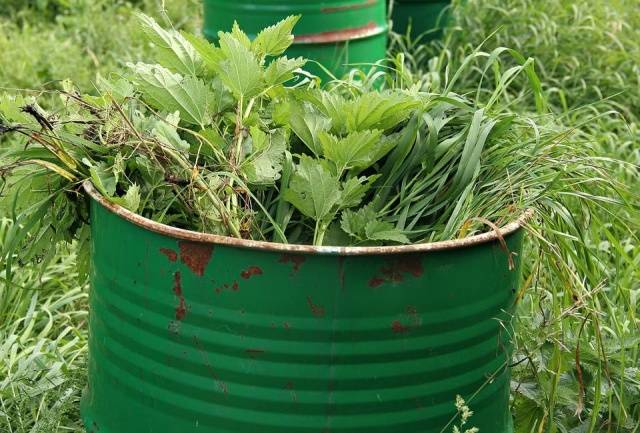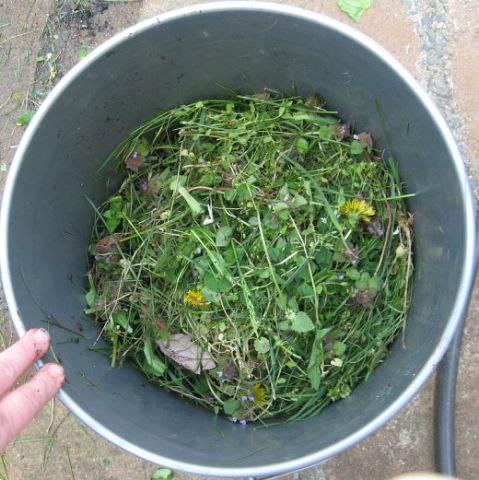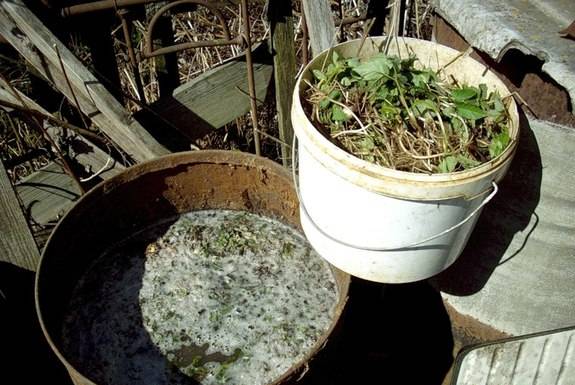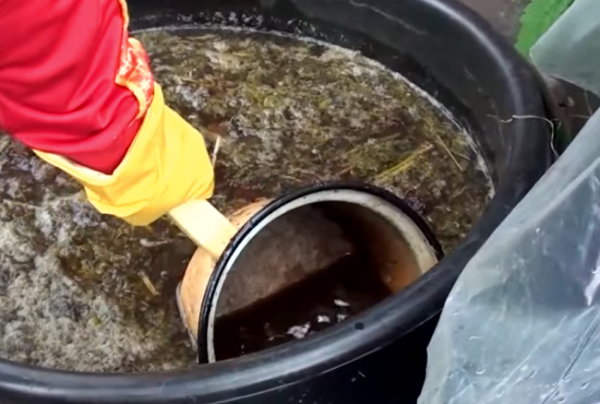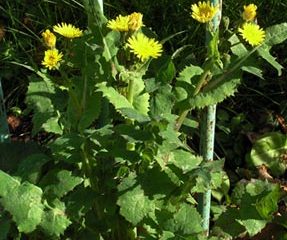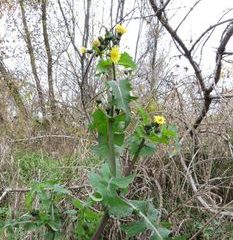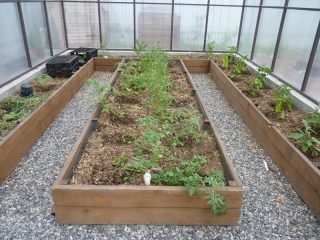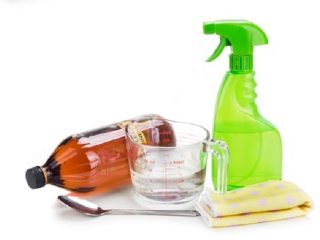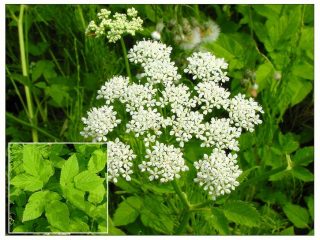Content
Taking care of their garden, many owners destroy weeds in large quantities, without thinking that they can be useful in something. But "extra" greens from the ridges can become a very valuable fertilizer, for this you just need to know the technology of its preparation. Admirers of organic fertilizing widely use liquid fertilizer from weeds for feeding various vegetable crops. We will talk about how they do it and what effect they get from it below in the article.
Are all herbs good
In the garden, you can find various types of weeds. All of them are suitable for the preparation of "green" fertilizer. Clover, wood lice, dandelions, euphorbia and other freshly cut greens can be safely combined in the preparation of one organic dressing. It is important to note that nettle is a particularly valuable ingredient. This weed, during fermentation, releases a record amount of safe nitrogen, which, when applied to the soil, stimulates the growth of vegetable crops.
An additional benefit of nettle is that it attracts earthworms when it is in the soil. In the course of their life, they loosen the soil, make it airy, light, saturating the plant roots with oxygen.
Advantages of green fertilizer
Making fertilizer from weeds requires a lot of time and effort, but gardeners still widely use such fertilizing, without replacing them with fertilizers from the store or manure. The thing is that herbal fertilizer has a number of comparative, very important, advantages:
- Availability... In the summer, you can find plenty of grass in any garden and around your personal plot. For a competent owner, it is absolutely free raw material for the preparation of high-quality organic fertilizers.
- Weed disposal method... As a result of weeding a vegetable garden or mowing a lawn, the farmer receives a large amount of greenery, which can either be thrown away, burned, or laid in compost. Composting requires the preservation of some areas and a long time for maturation. The preparation of the same green fertilizer allows you to methodically and effectively solve the issue of cleaning the territory.
- High efficiency... A properly prepared fertilizer from grass and weeds is not inferior to manure in terms of its composition and effectiveness of impact on vegetable crops. Liquid herbal infusions are well absorbed by plants and do not make them wait long for the result.
- Decrease in acidity... The herbal fertilizer is characterized by an alkaline environment, due to which, when applied to acidic soils, allows you to reduce the corresponding indicator.
- Introduction of beneficial microorganisms... The herb infusion contains a lot of beneficial microorganisms that, getting into the soil, improve its composition and release gases and heat. On soils saturated with beneficial microbes and bacteria, plants are less sick and grow faster.
Thus, when preparing green infusion, the farmer solves two problems at once: the destruction of excess vegetation on the site and the effective feeding of vegetable crops with cheap, affordable fertilizer. Thanks to the combination of these factors, weed dressing has been popular with experienced gardeners for many years.
How to make weed fertilizer
In everyday life, various recipes for the preparation of "green" fertilizers are used, which are based on the process of fermentation of herbs. You can prepare the infusion according to the classic recipe as follows:
- Pick up a container, preferably made of plastic, with a volume of 50 to 200 liters. Place it in a sunny place and provide a cover. If the container is metal, then a stand must be placed under it, which will not allow the bottom to quickly rust.
- Chop the available greens and put in a container by 2/3 or half the volume. If desired, you can completely fill the container with herbs, but in this case it will be more difficult to mix the fertilizer during the preparation process. The amount of greens can be different, since as a result of cooking, a concentrate is always obtained, which requires additional dilution with water.
- The fermentation of the infusion can be accelerated by adding fertilizers with a high nitrogen content. For example, for every 40-50 liters of infusion, add a tablespoon of carbamide (urea). Pour the granules into the container when laying the grass, between its layers. Farmers who have a negative attitude to the use of mineral fertilizing replace urea with organic-mineral humate (1 tbsp. L. Urea = 5 ml of humate).
- After laying the filler, the container is poured with water, leaving free space (15-20 cm from the edge). This is necessary so that in the process of fermentation and decay of herbs, the solution that has increased in volume does not float over the edge of the container.
- The container with fertilizer must be covered with a lid or foil. When using the film, you need to fix its edges and make several small holes for the exhaust gases. A shelter on the container will not allow nitrogen to evaporate and will accelerate the fermentation process of the infusion. If the container is tightly packed with herbs, then it is imperative to put oppression on top.
- During the preparation of the fertilizer, foam can be observed on the surface of the solution, which is a sign of fermentation. After about 1-1.5 weeks, the foam will disappear and the color of the liquid will turn dark brown. These signs signal the readiness of feeding.
The technology for preparing green fertilizer is quite simple and accessible to everyone, it only takes a little time. Some gardeners are improving the technology by adding the following ingredients to the solution:
- Wood ash. It will saturate the green weed fertilizer with potassium and phosphorus, making it complex. The ingredient is added during the laying of the herb in the amount of 1 cup per bucket of infusion.
- Chicken manure or mullein can replace nitrogen-containing fertilizer (urea or humate).
- Bread crusts or yeast (1 kg per 200 l) activate beneficial microorganisms and add mineral trace elements to the solution.
- Dolomite or bone meal add to a 200 l barrel of solution in an amount of 3 kg. These substances are rich in calcium and magnesium, which are involved in the process of plant photosynthesis.
The infusion of rotted plants in itself is a nutritious and extremely useful fertilizer for vegetable crops in the garden, however, adding additional ingredients to it, it will be possible to feed the plants with important microelements in the required amount.
For beginners and experienced gardeners, the information given in the video on how to prepare liquid fertilizer from weeds for feeding vegetables may be useful:
Fertilizer use
Before use, the solution in the container must be thoroughly mixed and filtered. The remaining rotted herbs are used for mulching the ridges. The liquid is diluted with clean water until a light brown solution is obtained. They are fed tomatoes, cucumbers and other vegetables, watering them at the root. It is worth noting that the use of top dressing will be more effective if the plants are well watered with plain water before applying it.
The herbal infusion can be used for foliar feeding. To do this, dilute it with water 1:20 until a clear solution is obtained. It is important to remember that green fertilizer contains a large amount of nitrogen, which means that the concentration should not be exceeded and such dressings should not be abused.
What to do if fertilizer remains
As a rule, a large amount of herbal infusion is prepared in order to immediately fertilize vegetable crops on the ridges, shrubs and fruit trees on the site. But, as often happens, it is impossible to use up all the fertilizer at once. It makes no sense to store the infusion in an open container for more than 1 week after the end of fermentation, since the useful nitrogen will evaporate from it, and the bacteria will die. However, in this case, you should not rush to dispose of the solution, because it can be saved. To do this, green fertilizer is poured into plastic containers and sealed hermetically. The fertilizer storage area should be cool and dark. In this state, the infusion can be stored for a long period of time without loss of quality.
Leftover liquid fertilizer can also be used as a starter culture. The infusion at the bottom of the container is saturated with beneficial microorganisms, which, when new raw materials are added, will speed up the fermentation process. Thus, every 3-4 weeks a "fresh" infusion of weeds can be obtained for use.
Conclusion
Green fertilizer, based on the fermentation of weeds, is an affordable and completely free, effective fertilizer for various crops in the garden and in the garden. It can be used to feed tall trees, fruit bushes and delicate crops such as tomato, cucumber, strawberry. In terms of its composition, the herb infusion differs little from manure, which is why its effect on plants can be considered similar, which is confirmed by numerous reviews of experienced farmers. The technology for creating natural top dressing from herbs is quite simple and accessible even to a novice farmer. It allows you to get nutritious mulch for the soil and a solution for watering plants at the root, and, therefore, with its help, even a small vegetable garden with soil of low fertility can successfully bear fruit and delight the farmer with an excellent harvest.
